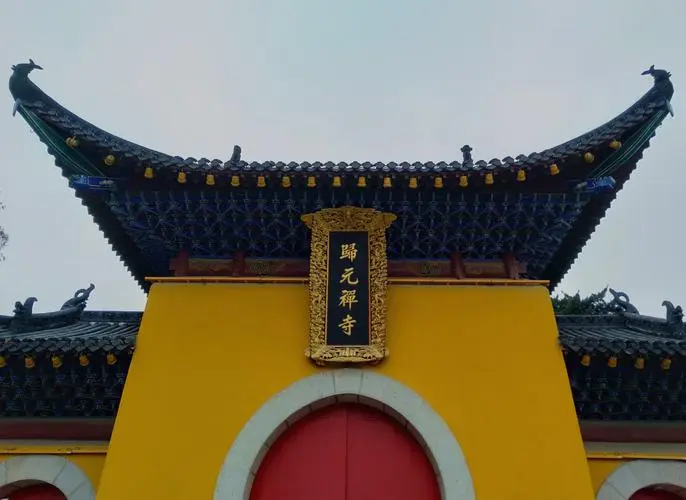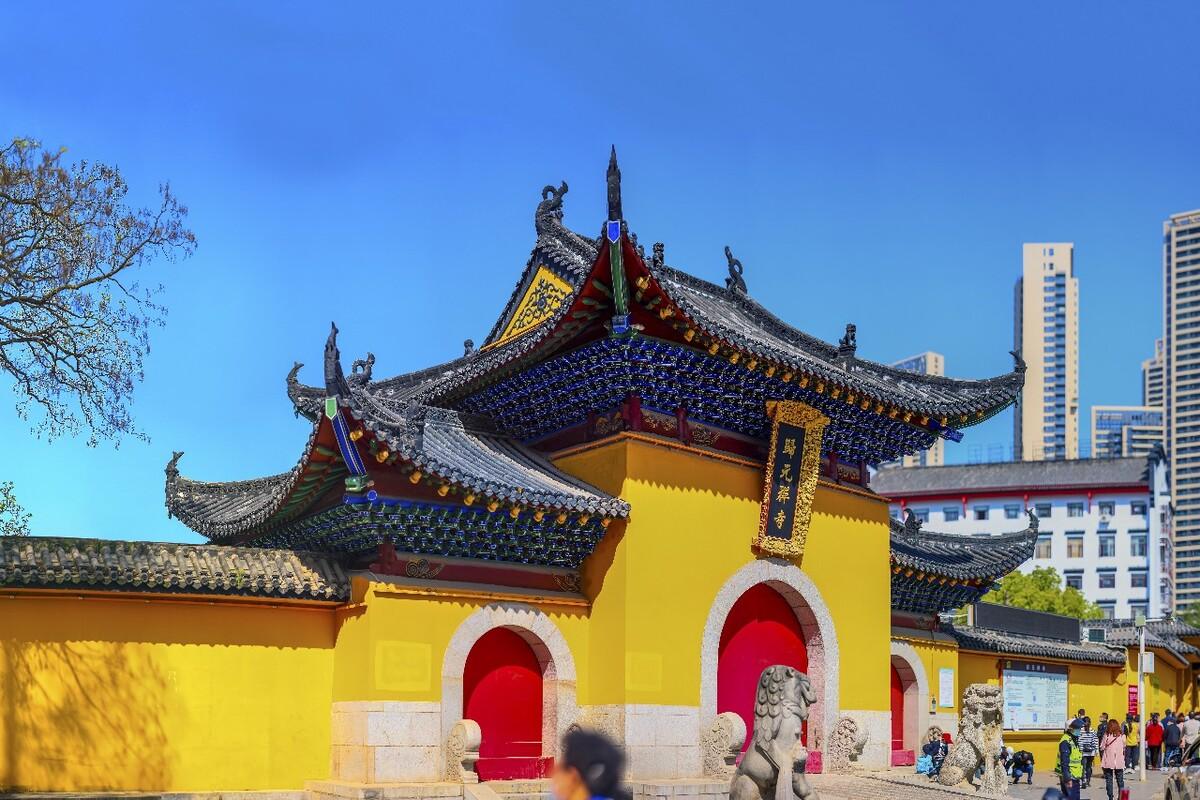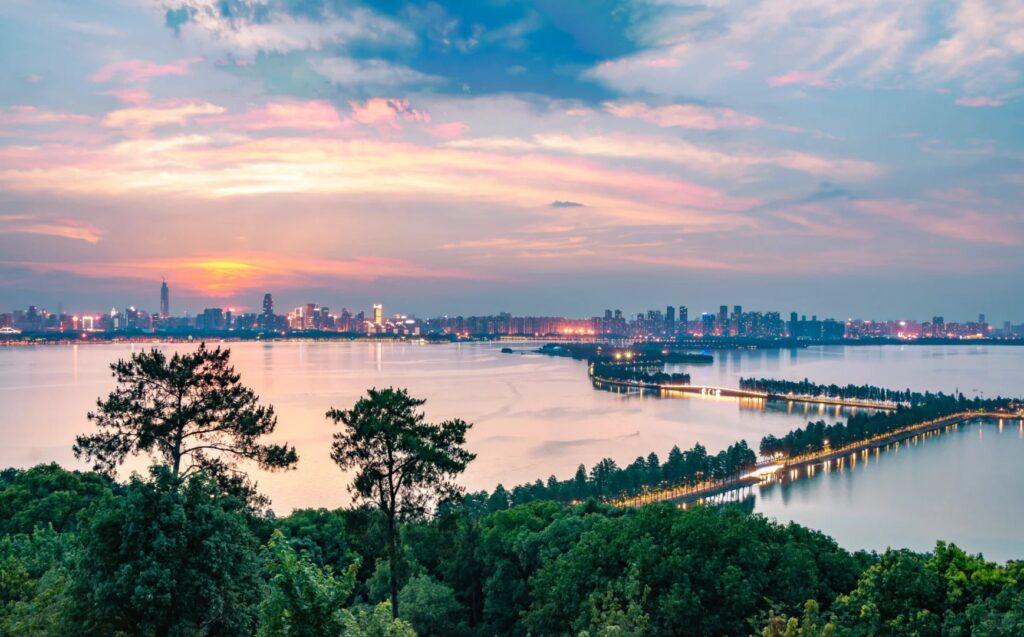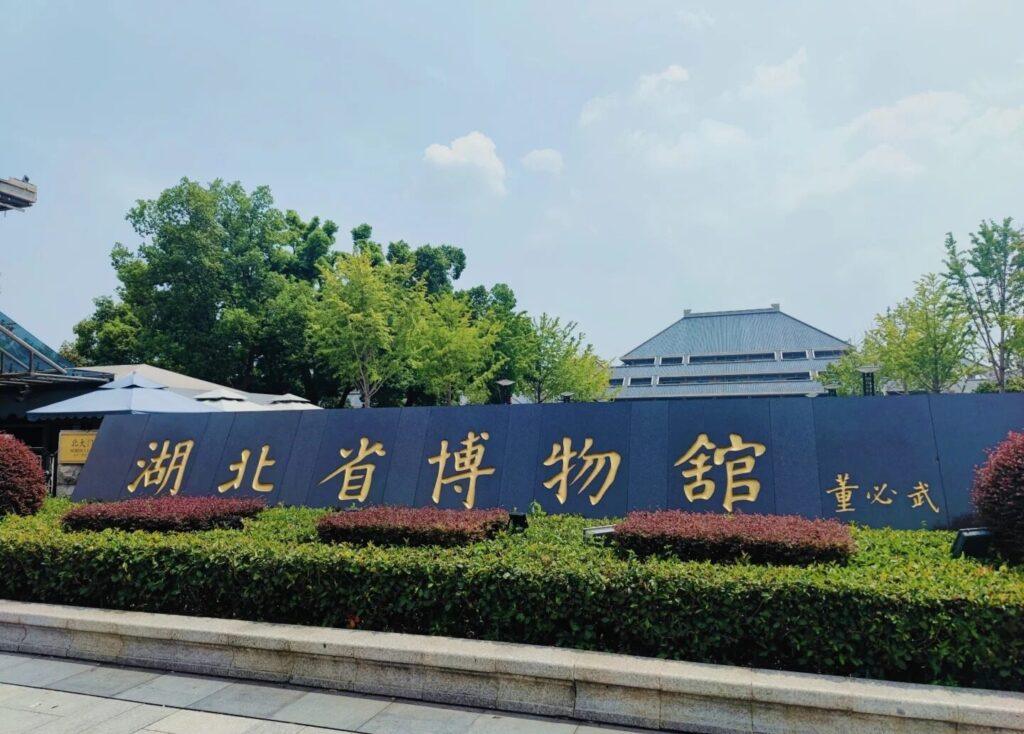Visiting Information
| Information | Details |
|---|---|
| Chinese Name | 归元寺 (Guīyuán Sì) |
| Location and Address | 24 Guiyuan Road, Hanyang District, Wuhan, Hubei Province, China |
| Opening Hours | 7:30 AM – 5:30 PM daily |
| Entrance Fee | 10 CNY |
| How to Get There | By Metro: Line 3, get off at Guiyuan Temple Station, use Exit B By Bus: Routes 10, 25, 61, 401, 402 to Guiyuan Temple stop By Taxi: Tell the driver “Guīyuán Sì” |
| Best Time for Visit | Spring or Autumn; early morning for a peaceful atmosphere |
| Contact Info | Tel: +86 27 8484 2409 |
Overview
Guiyuan Temple, located in Wuhan’s Hanyang District, is one of the most significant Buddhist temples in central China. Known for its unique blend of architectural styles and rich cultural heritage, the temple attracts both pilgrims and tourists alike. It stands as a testament to the enduring influence of Buddhism in Chinese culture and history.
Historical Background
Guiyuan Temple was originally built in 1658 during the Qing Dynasty. Its name, “Guiyuan,” means “Return to the Origin,” reflecting Buddhist philosophy. The temple has undergone several renovations and expansions over the centuries, with major restorations in the late Qing Dynasty and again in the 1980s. Despite facing challenges during various historical periods, including the Cultural Revolution, the temple has survived and thrived, continuing its role as an important religious and cultural center.
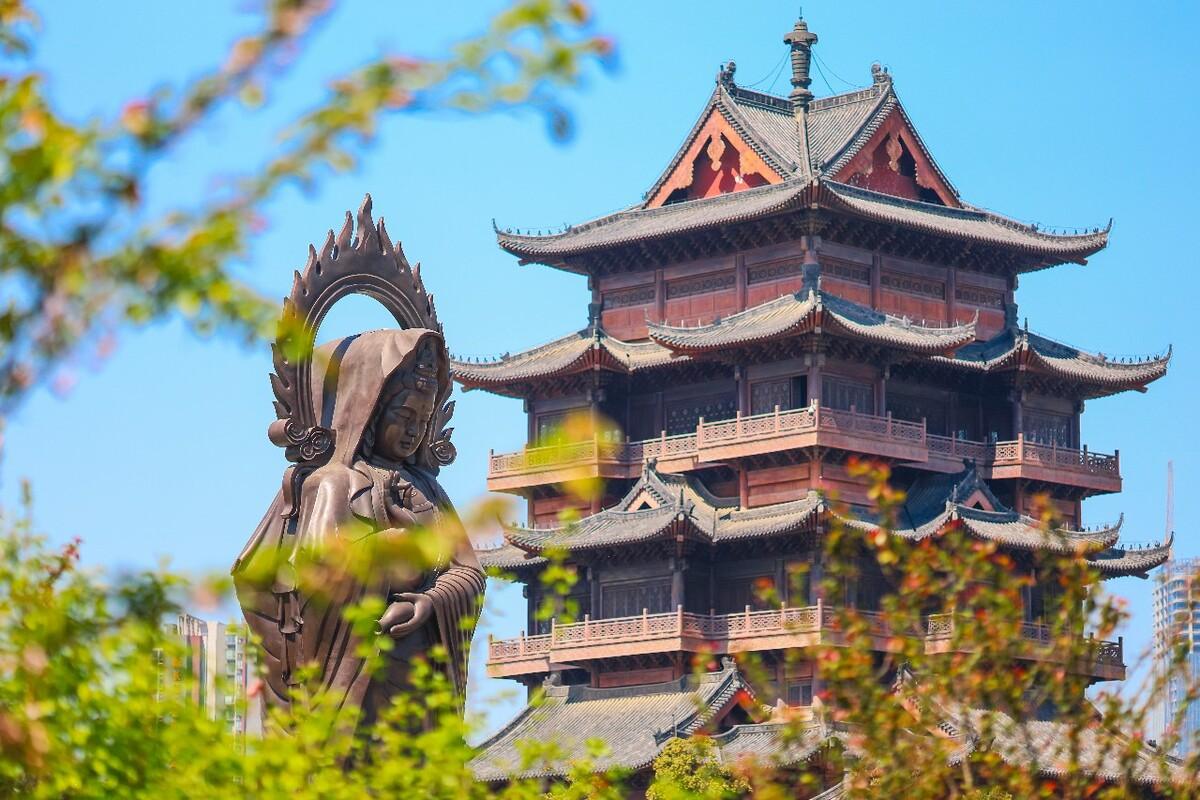
Architectural Features
Guiyuan Temple is renowned for its distinctive architectural elements:
- The temple complex covers an area of about 46,000 square meters
- It features a unique blend of architectural styles from the Ming and Qing dynasties
- The Hall of Five Hundred Arhats is the most famous structure, housing 500 unique, life-sized arhat statues
- The Depository of Buddhist Texts (Cangjing Ge) is an impressive three-story building
- The main hall, known as the Daxiong Hall, houses three large Buddha statues
- The temple’s layout follows traditional Chinese Buddhist temple design, with a central axis and symmetrical arrangement
Cultural Importance
Guiyuan Temple holds significant cultural and religious importance:
- It is one of the “Four Great Buddhist Temples” of Wuhan
- The temple is a key site for Buddhist activities and ceremonies in central China
- It houses important Buddhist relics and artworks, including scriptures and statues
- The 500 arhat statues are considered unique in Chinese Buddhist art for their lifelike appearances and diverse expressions
- The temple plays a crucial role in preserving and promoting Buddhist culture and traditions
- It serves as an important educational resource for understanding Chinese Buddhist history and philosophy
Surrounding Attractions
While visiting Guiyuan Temple, consider exploring these nearby attractions:
- Guqin Terrace: An ancient site associated with the famous musician Yu Boya
- Hanyang Art Gallery: Showcasing local and contemporary art
- Qingchuan Pavilion: Offering panoramic views of the Yangtze River
- Wuhan Yangtze River Bridge: An iconic landmark connecting Hanyang and Wuchang
- Hanyang Marshland Park: A wetland park perfect for nature lovers
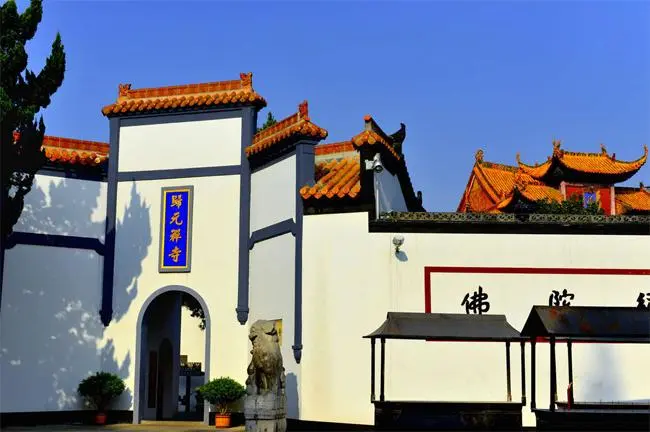
Photography Opportunities
Guiyuan Temple offers numerous photogenic spots:
- The intricate details of the 500 arhat statues in the Arhat Hall
- The ornate architecture of the main halls and pavilions
- Beautiful gardens and courtyards within the temple complex
- Incense-burning ceremonies and Buddhist rituals (with permission)
- The impressive facade of the temple entrance
- Seasonal beauty, especially during spring with blooming flowers
Modern Importance
Today, Guiyuan Temple continues to be a vital institution:
- It serves as an active place of worship for local Buddhists
- The temple is a major tourist attraction, contributing to Wuhan’s cultural tourism
- It hosts important Buddhist ceremonies and festivals throughout the year
- The temple provides a space for meditation and spiritual retreat
- It plays a role in promoting interfaith dialogue and cultural exchange
- The temple supports various charitable and community service activities
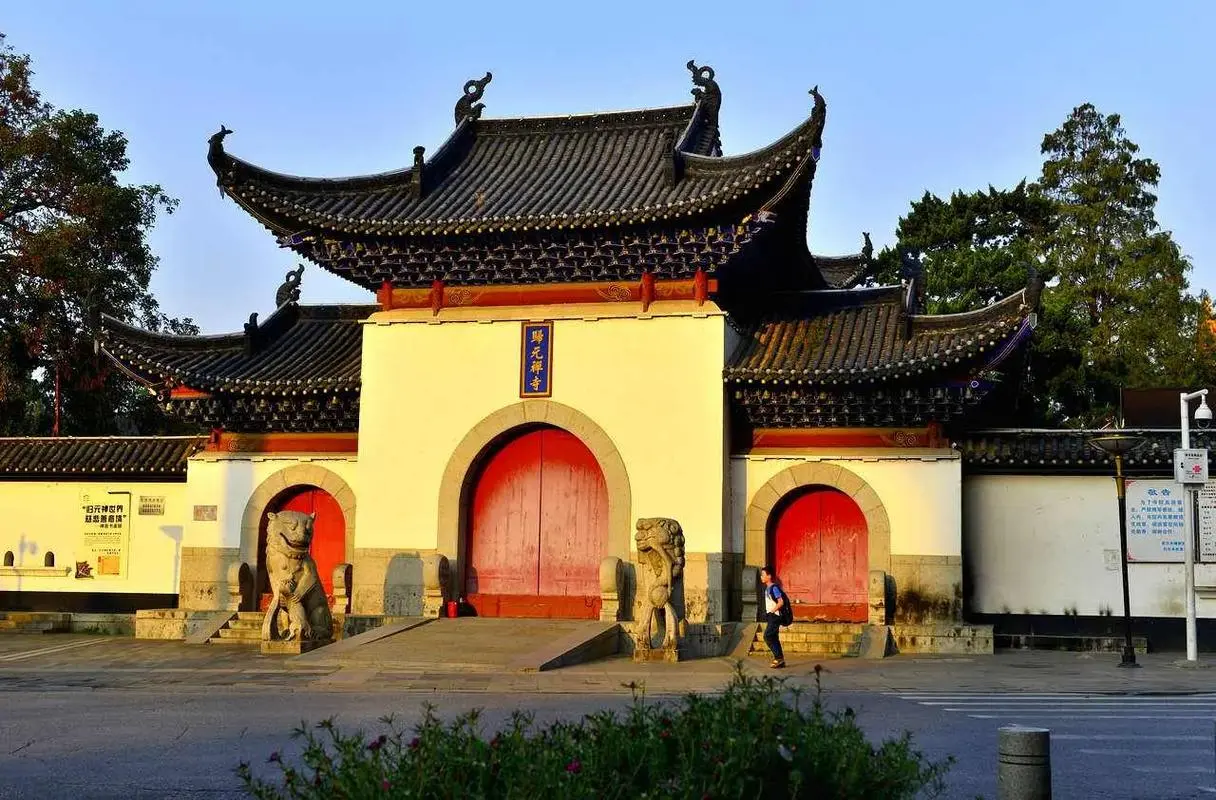
FAQ
- What is Guiyuan Temple famous for?
Guiyuan Temple is famous for its Hall of Five Hundred Arhats, unique architectural blend of Ming and Qing dynasty styles, and its status as one of the “Four Great Buddhist Temples” of Wuhan. - What’s inside Guiyuan Temple?
Inside Guiyuan Temple, visitors can find the Hall of Five Hundred Arhats, the Depository of Buddhist Texts, the main Daxiong Hall with Buddha statues, beautiful gardens, and various Buddhist artworks and relics. - Is Guiyuan Temple free?
No, Guiyuan Temple charges a small entrance fee of 10 CNY. - Is Guiyuan Temple worth visiting?
Yes, Guiyuan Temple is worth visiting for its unique architecture, rich Buddhist culture, and the impressive Hall of Five Hundred Arhats. It offers a peaceful retreat and insights into Chinese Buddhist traditions. - What to do in Guiyuan Temple?
In Guiyuan Temple, you can explore the various halls, admire the 500 arhat statues, observe or participate in Buddhist rituals, enjoy the peaceful gardens, and learn about Buddhist culture and history. - How do I get to Guiyuan Temple in Wuhan?
In Wuhan, you can reach Guiyuan Temple by taking Metro Line 3 to Guiyuan Temple Station (Exit B), or by bus routes 10, 25, 61, 401, or 402 to the Guiyuan Temple stop. Taxis are also available; just tell the driver “Guīyuán Sì”. - How to visit Guiyuan Temple?
To visit Guiyuan Temple, go during opening hours (7:30 AM – 5:30 PM daily), pay the entrance fee, and explore at your own pace. Consider visiting early in the morning for a more serene experience. Respect Buddhist customs and dress modestly. Guided tours may be available for a more in-depth understanding of the temple’s history and significance.


